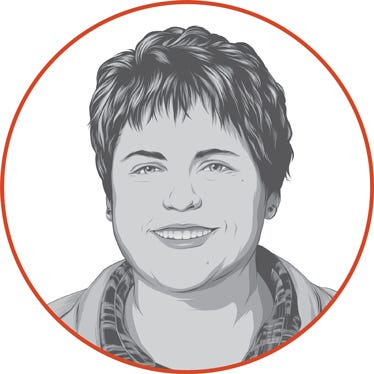
Harvest is winding down in my area. We are in the home stretch with several days of soybean harvest left. It’s that time of harvest when all my clothes are dirty, I haven’t done dishes in weeks, and I can’t name what day of the week it is.
I’m also thankful for only minor combine problems.
It’s also the time of year when I look at harvest data and plan for next year. I spoke in a previous post about the explosion of data. Every seed company boasts top yields this year. I may be a farmer, but I wasn’t born in a barn, and I know for certain that every seed can’t be the winner. A loser exists somewhere.
Based on marketing, it seems like either companies are tweaking their results or only revealing the plots where they won. I’m sure this isn’t a new marketing ploy, but it seems like the marketing tactics get more distorted each year.
Local yield comparisons
When I learn of yields in the area, I internally compare ours to those yields. Don’t get me wrong; comparing a business to another is easy and quite natural. We hear yields in the coffee shop and now on social media. It seems like every plot for every other company is better than what I produce. But, most likely those yields I hear are only the best of the best.
Admittedly, I’m guilty of this practice too. It makes me feel better to talk about our highest yielding acres while conveniently forgetting the poor farms.
Yield itself is not the end all, be all. It is only part of the bigger equation. Top yields don’t automatically translate to profit. A farmer can have $640 gross profit per acre with 80-bu. soybeans sold at $8 per bu. just the same as 64-bu. soybeans sold at $10 per bushel.
It’s easy to compare yields, but yield is only a part of what makes us profitable. I, for one, need to spend less time comparing my yields to others but spend more time focusing on the key areas that make an acre profitable.
The opinions of the author are not necessarily those of Farm Futures or Farm Progress.
About the Author(s)
You May Also Like






